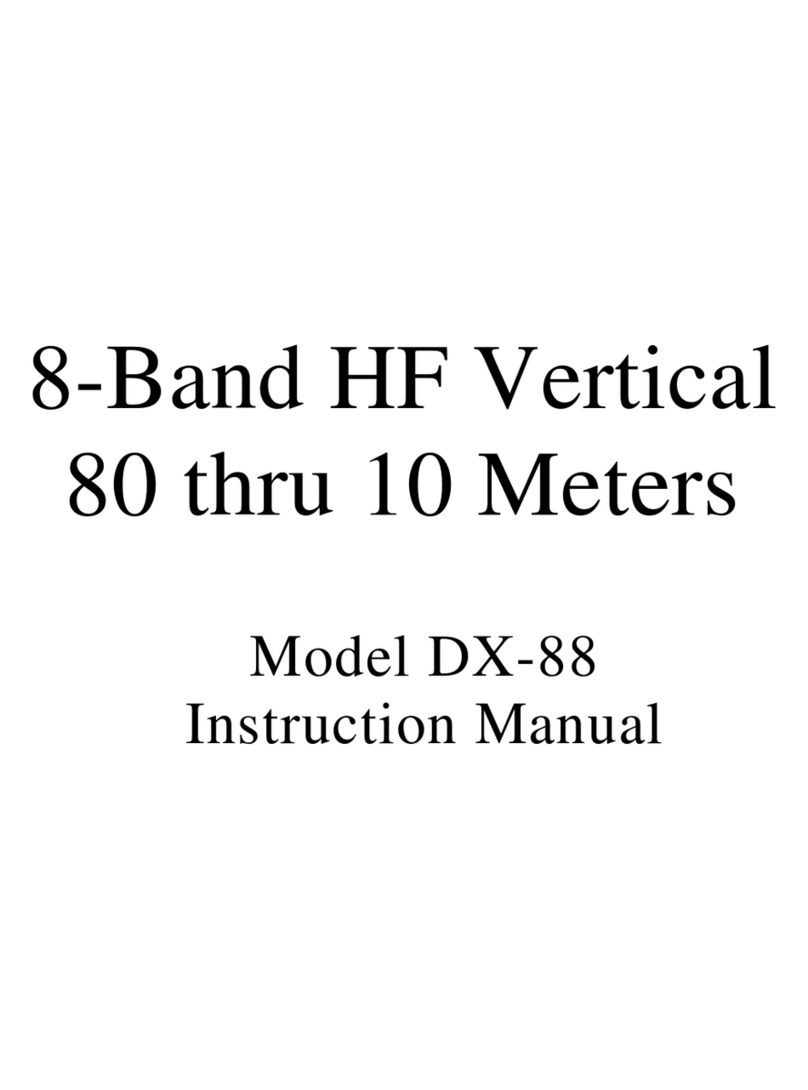Hy-Gain DCU-3 User manual
Other Hy-Gain Antenna manuals

Hy-Gain
Hy-Gain GPG-2B User manual
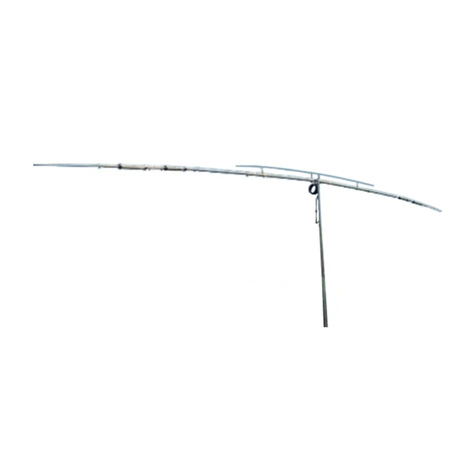
Hy-Gain
Hy-Gain TH-1 User manual
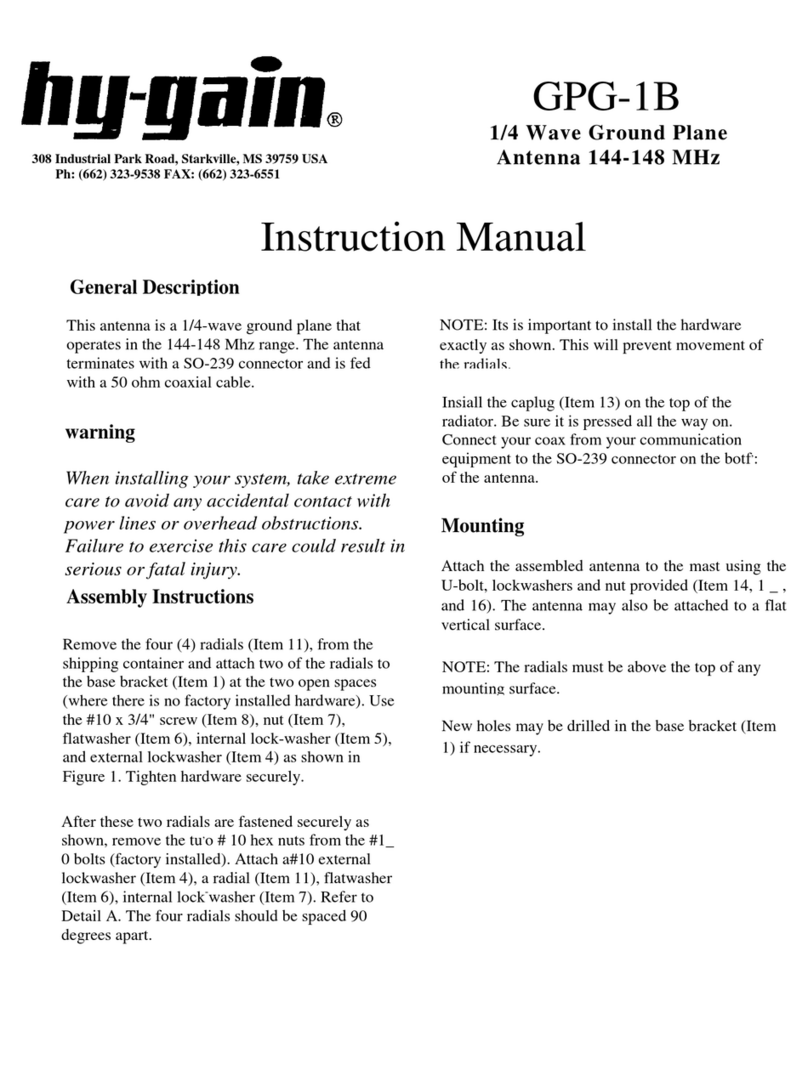
Hy-Gain
Hy-Gain GPG-1B User manual

Hy-Gain
Hy-Gain UB-7030SAT User manual

Hy-Gain
Hy-Gain V-4R User manual
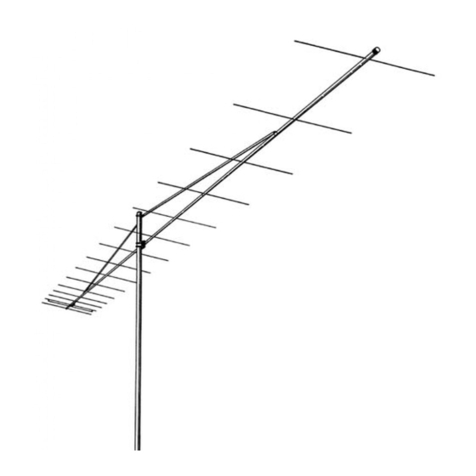
Hy-Gain
Hy-Gain VB-215DX User manual

Hy-Gain
Hy-Gain AV-14AVQ User manual

Hy-Gain
Hy-Gain 216SAT User manual

Hy-Gain
Hy-Gain AV-680 User manual
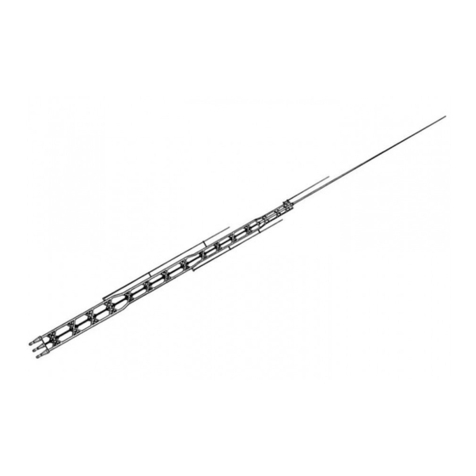
Hy-Gain
Hy-Gain AV-18HT User manual

Hy-Gain
Hy-Gain 18HTjr User manual

Hy-Gain
Hy-Gain 28 FM User manual

Hy-Gain
Hy-Gain DIR-73 User manual

Hy-Gain
Hy-Gain 533 User manual
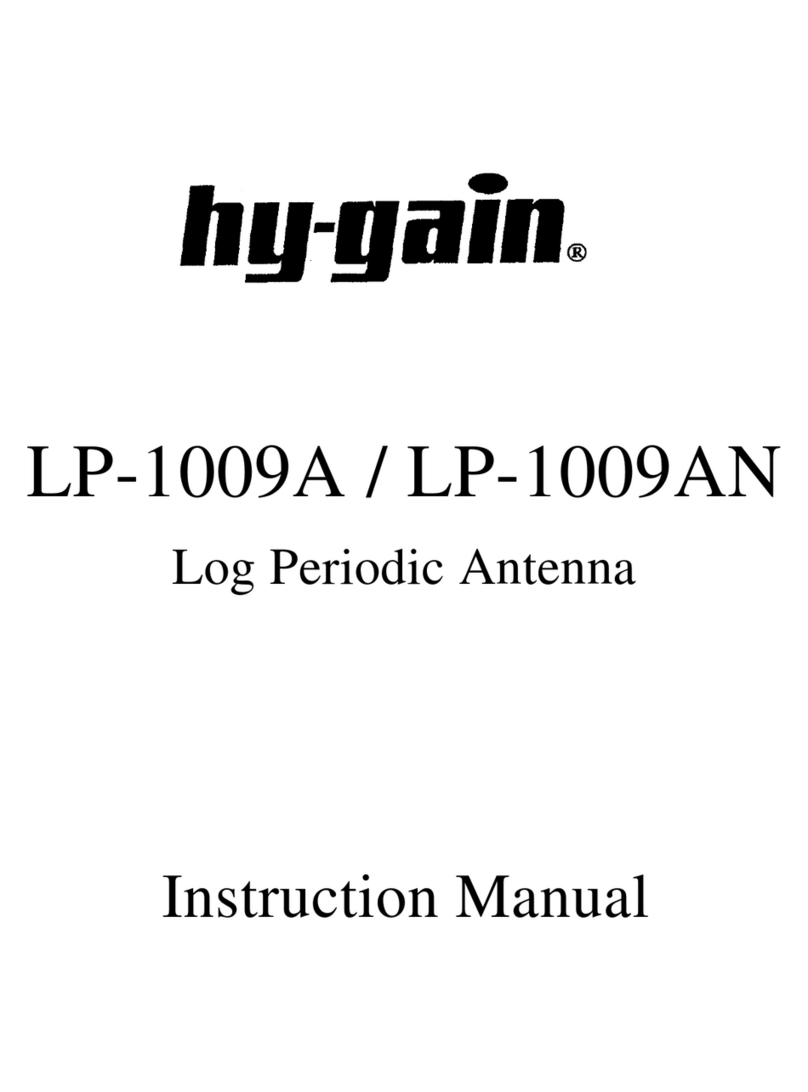
Hy-Gain
Hy-Gain LP-1009A User manual

Hy-Gain
Hy-Gain VB-216SAT User manual
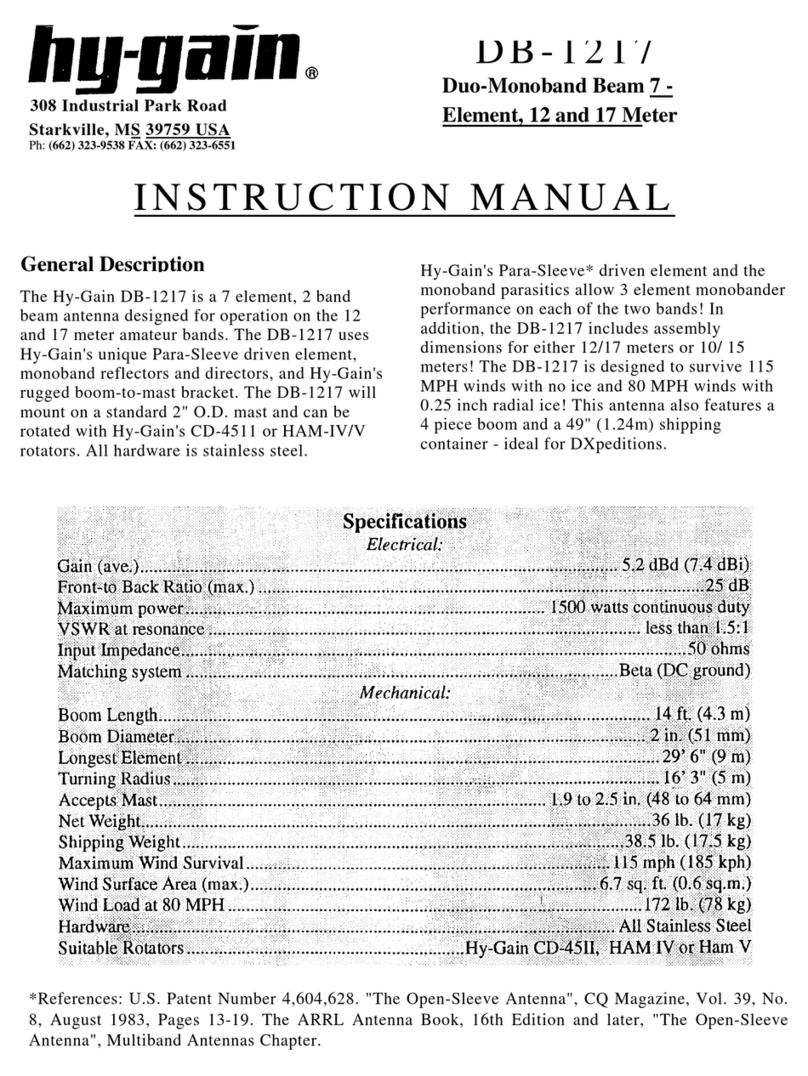
Hy-Gain
Hy-Gain DB-1217 User manual

Hy-Gain
Hy-Gain LJ-115 User manual

Hy-Gain
Hy-Gain DIS-72 User manual

Hy-Gain
Hy-Gain TH-3JRS User manual
Popular Antenna manuals by other brands

DAVIS
DAVIS Windex AV 3160 installation instructions

Belden
Belden Hirschmann BAT-ANT-N-14G-IP23 Mounting instruction

Vtronix
Vtronix YHK Fitting instructions

KVH Industries
KVH Industries TracVision 6 Technical manual

Leica Geosystems
Leica Geosystems GS10 user manual

Sirio Antenne
Sirio Antenne Gain-Master manual

Feig Electronic
Feig Electronic ID ISC.ANTH200/200 Series manual

TERK Technologies
TERK Technologies TV44 owner's manual

TERK Technologies
TERK Technologies SIR3 owner's manual

Directive Systems & Engineering
Directive Systems & Engineering DSE2324LYRMK quick start guide

HP
HP J8999A instructions

MobilSat
MobilSat MSP-S Mounting instructions



